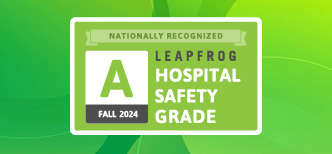


Clear aligners have been around for more than two decades and are more popular than ever among adults. While traditional braces may be effective, many people prefer to reshape their smiles discreetly. Keep reading if you'd like to take a closer look at clear teeth aligners and see just how effective they are.
Teeth aligners are created from molds or digital scans of your teeth. These molds are used to create several clear mouthpieces that are designed to gradually move your teeth into proper dental alignment.
Clear aligners are designed to apply constant pressure to the teeth, slowly moving them to a better alignment. Unlike traditional braces, which are fixed in place on the teeth, clear aligner trays can be removed as needed. These are meant to be worn for roughly 20 hours per day for the treatment to be effective. Multiple sets of aligners are created after the first consultation, and the patient wears each set of aligners for two weeks before switching to the next set in the series. This is to ensure that the experience is gradual and gentle on the teeth and gums.
Clear aligners are now used to fix a wide range of dental issues, including:
According to a study conducted by the National Center for Biotechnology Information, both clear aligners and braces were proven effective in treating malocclusion, or 'bad bites.' The study found that clear aligners were more effective than braces in achieving segmented movement over a shorter period of time.
Benefits of aligners:
Benefits of braces:
Using clear aligners is a great way for adults to improve their smiles discreetly. In the last several years, teeth aligners have improved significantly, even proving more effective than braces in some cases. With the growing popularity of teeth aligners, it's important to avoid companies that don’t have the proper licensing. In fact, the American Association of Orthodontists has issued an advisory warning about the dangers of mail-order orthodontic care. As long as your aligners are sourced by a licensed orthodontist, they can be a highly effective alternative to traditional braces.
This article first appeared in the June 2022 edition of the HealthPerks newsletter.

Identify your risk factors and what to do if you are at risk.